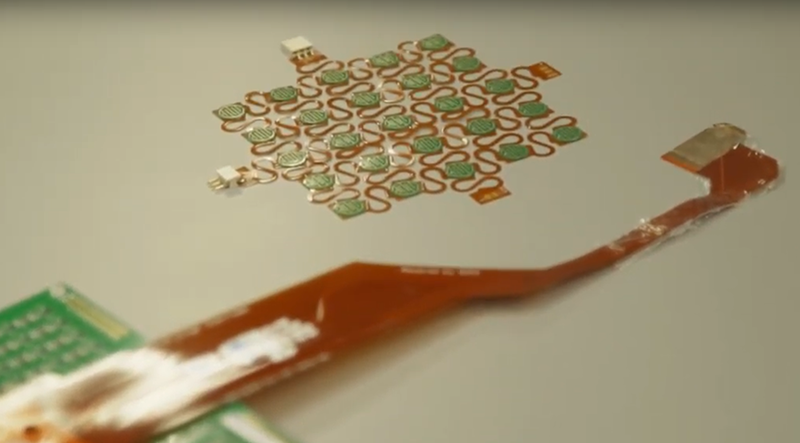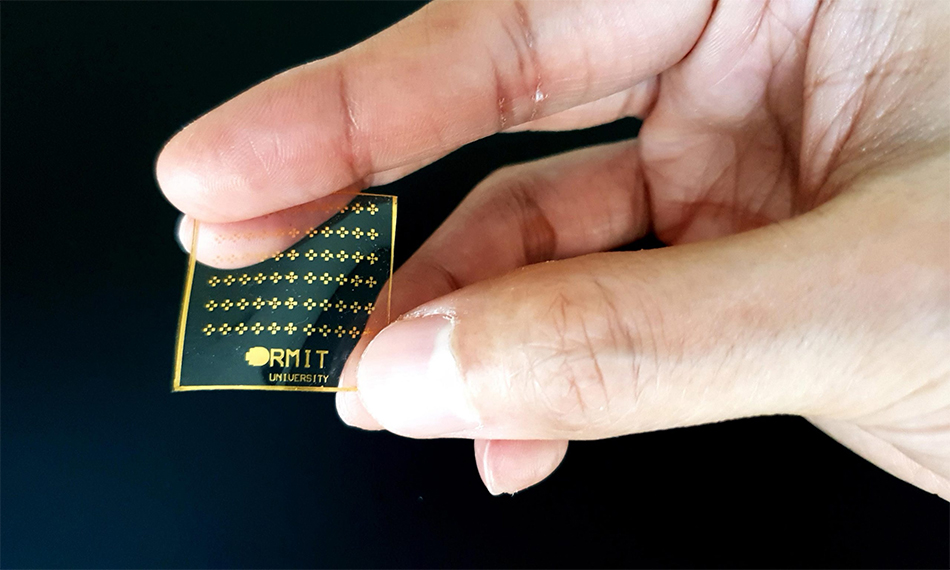New Electronic Skin Inspired by Luke Skywalker’s Prosthetic Arm

National University of Singapore scientists recently published the results of their research in the Science Robotics journal. They developed a touch-responsive electronic skin they call Asynchronous Coded Electronic Skin or ACES. The scientists announced that they drew inspiration from the prosthetic arm of Star Wars’ Luke Skywalker.
Although the medical world cannot replicate the cybernetic arm of Luke Skywalker, they were able to develop an electronic skin.
Asynchronous Coded Electronic Skin
The electronic skin contains a network of sensors linked through one electrical conductor, eliminating failure risk. The previous electronic skins with interlinked wire networks fail when one of the interconnected points is impaired.
Authors of the research say that applying the electronic skin to prosthetics and human-like androids with a spatially distributed array of sensors will give them rapid somatosensory perception capability. The capability to feel will make the androids and prosthetic parts to work and collaborate naturally with people when the living environment is not structured.
Capabilities of the new electronic skin
The ACES system can detect different touches 1,000 times faster than the nervous system of humans. The scientists also revealed that the electronic skin could distinguish around 20 to 30 different textures in 60 nanoseconds.
It takes the electronic skin just ten milliseconds to identify an object’s shape, hardness, and texture. Right now, it can achieve 90% accuracy when reading Braille letters.
Research team leader Benjamin Tee clarified that the ACES system’s sensitivity is due to its simple wiring scheme. The prototype is only about 0.16 square inches, but it contains around 100 sensors.
The researchers say the electronic skin is scalable as prosthetic devices and androids have large surfaces that need coverage. The next step for the researchers from the National University of Singapore is to apply the artificial skin to various types of advanced robots.
The artificial limb of Luke Skywalker also inspired another research group. In 2019, a research team from the University of Utah collaborated with Mobius Bionics in New Hampshire to develop an artificial arm they called LUKE. It is an acronym for Life Under Kinetic Evolution, whose purpose is to return the function and feeling of the user via peripheral nerve stimulation. The sensory information and feedback is delivered through a small implant the size of an aspirin.
Recent developments

Other research teams are developing their versions of electronic skins. A research group from RMIT University in Melbourne in Australia just recently announced their development of an electronic skin that is sensitive to pain. The skin’s reaction to pain is as fast as a human’s reaction to cold, heat, or pressure when the pain threshold is reached.
The scientists are looking at the stretchable electronic skin’s application as a non-invasive alternative to skin grafts. They are also planning on using the electronic skin on intelligent robots and smart prosthetic devices.
These new developments are very different from the synthetic skin that was produced in 2011 that looked like small hexagonal plates, which also gave humanoid robots a sense of touch.